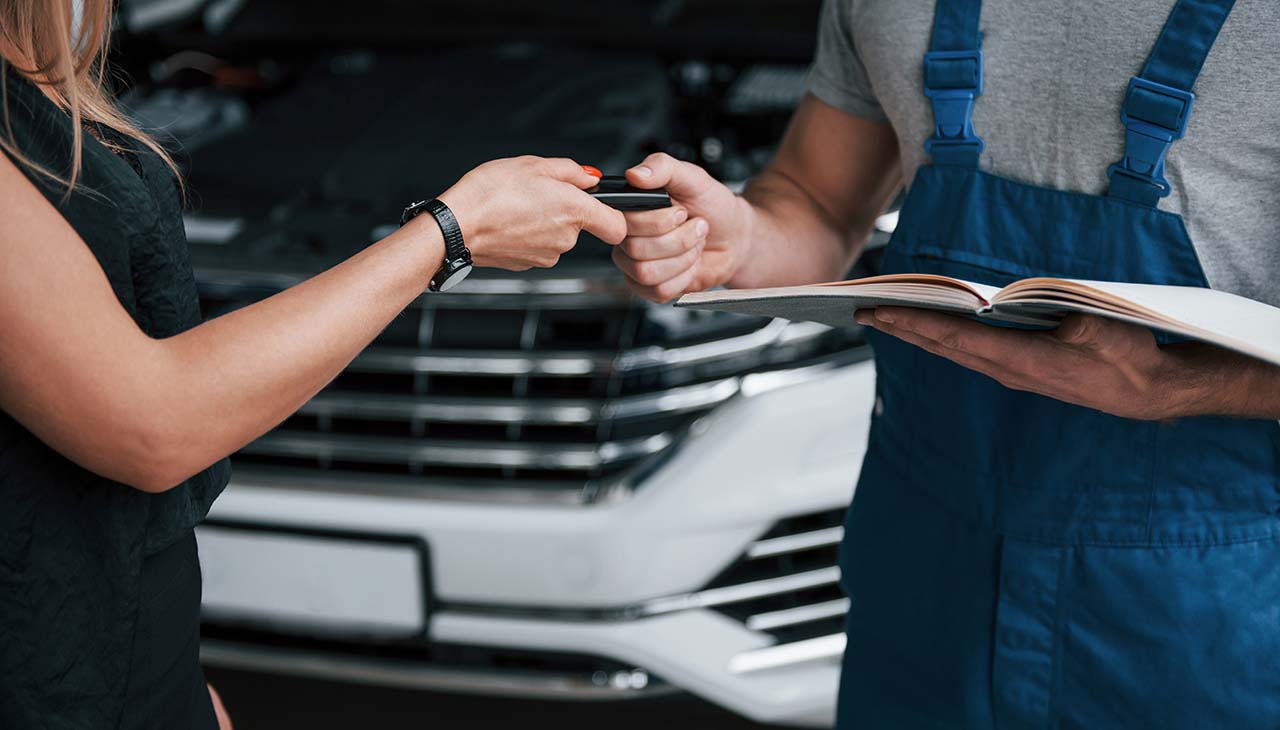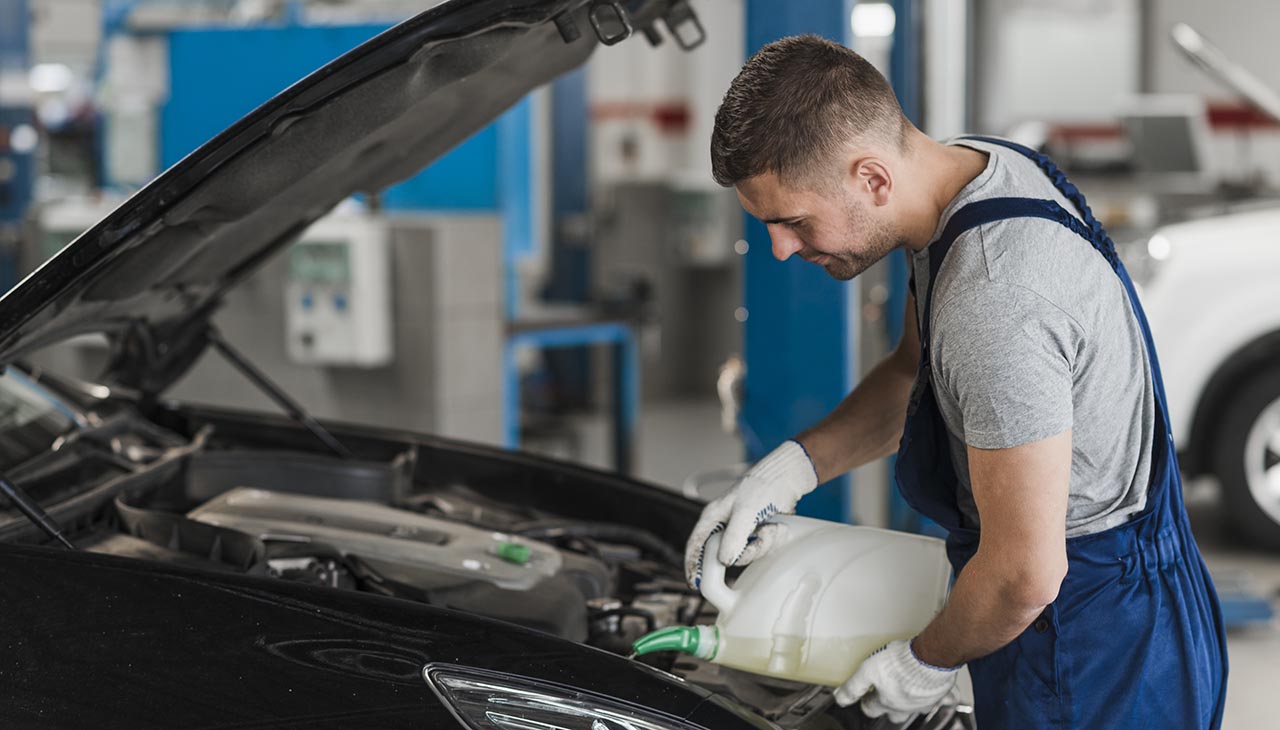Keeping your vehicle in top shape is crucial not only for its performance and longevity but also for your safety on the road. Regular car maintenance can seem daunting at first, but with the right checklist, it becomes a manageable and rewarding task. This comprehensive car maintenance checklist is designed to help you keep track of essential maintenance tasks, ensuring your car remains reliable, efficient, and safe to drive. Whether you’re a seasoned car enthusiast or a new driver, this guide will assist you in understanding your car’s needs and how to address them.
Regular Checks
Engine Oil
- Checking oil level: Regular checks of your car’s oil level are necessary to ensure the engine runs smoothly. Use the dipstick to check oil levels and look for any changes in oil color or texture, which can indicate a need for an oil change or a problem with the engine.
- Changing oil as per manufacturer’s recommendations: It’s crucial to change your car’s oil at intervals recommended by the manufacturer. This practice helps in maintaining engine health, ensuring it remains lubricated and reducing the chances of overheating or damage.
Tire Pressure
- Importance of proper tire pressure: Maintaining the right tire pressure is essential for vehicle safety, fuel efficiency, and prolonging tire life. Incorrect tire pressure can lead to poor handling, increased wear, and potential tire failure.
- Checking and maintaining tire pressure: Regularly check your tires’ pressure using a reliable tire pressure gauge. Inflate or deflate your tires according to the pressure specifications listed by the car manufacturer, usually found on a sticker inside the driver’s door or in the car’s manual.
Fluid Levels
- Coolant, brake fluid, transmission fluid, etc.: Keeping an eye on fluid levels (including coolant, brake fluid, transmission fluid, and windshield wiper fluid) is vital for the car’s performance and safety. These fluids ensure that your car’s systems are running smoothly and efficiently.
- Importance of keeping proper levels: Proper fluid levels help in preventing mechanical failures and prolong the lifespan of your car’s components. For example, low coolant levels can lead to overheating, while insufficient brake fluid can compromise braking performance. Regular checks and top-ups as necessary can help avoid these issues.
Monthly Checks
Battery Health
- Checking battery terminals: Regular inspection of battery terminals is important to prevent corrosion and ensure there is a good connection. Clean the terminals with a wire brush if necessary and check for any signs of wear or damage.
- Testing battery condition: A battery’s condition can deteriorate over time, affecting the car’s ability to start. Use a battery tester or multimeter to check the voltage and assess whether the battery needs replacing.
Lights and Signals
- Inspecting headlights, taillights, turn signals, etc.: Ensuring all external lights and signals are functioning is crucial for safety, especially for night driving and signaling intentions to other drivers. Regularly check each light and replace any burnt-out bulbs.
- Replacing bulbs if needed: Having a set of spare bulbs and understanding how to replace them can save you from potential hazards on the road. Always ensure the replacements match the vehicle manufacturer’s specifications.
Air Filter
- Checking and replacing air filter: The engine air filter ensures that clean air is supplied to the engine, improving performance and fuel efficiency. Check the air filter monthly and replace it as per the manufacturer’s recommendation or if it appears dirty or clogged. A clean air filter can significantly impact your car’s overall health and efficiency.
Bi-Annual Checks
Brake System
- Checking brake pads, rotors, and fluid: It is crucial to regularly inspect your brake pads and rotors for wear and to ensure the brake fluid is at the proper level. Worn-out brake pads or low fluid levels can lead to decreased braking performance and increased stopping distances.
- Ensuring proper braking performance: Regular maintenance of the brake system is essential for safe driving. If any issues are detected during inspection, such as uneven wear on the pads or rotors, or if the brake fluid is dirty, take immediate action to address these concerns to maintain optimal braking performance.
Suspension
- Inspecting shocks, struts, and alignment: The suspension system, including shocks, struts, and wheel alignment, plays a vital role in the vehicle’s handling and ride quality. Regular inspections can help identify any wear or damage early, preventing more serious problems down the road.
- Addressing any issues for smooth driving experience: If inspection reveals any issues with the suspension system, repairing or replacing the affected components will ensure a smoother driving experience and help maintain proper tire wear and vehicle stability.
Exhaust System
- Checking for leaks or damage: Regularly inspect your vehicle’s exhaust system for any signs of leaks, rust, or damage. An intact exhaust system is crucial for directing harmful gases away from the vehicle cabin and for optimizing engine performance.
- Ensuring emissions compliance: In addition to preventing potential health hazards, a properly functioning exhaust system ensures your vehicle meets emissions standards. Addressing any issues promptly can help avoid failed emissions tests and potential fines.
Annual Checks
Timing Belt
- Inspecting and replacing timing belt as per manufacturer’s recommendation: The timing belt is critical for the synchronization of an engine’s operations. It should be inspected regularly for wear and replaced according to the schedule recommended by the vehicle’s manufacturer to prevent costly engine damage.
Cooling System
- Flushing and refilling coolant: To ensure your engine operates within the correct temperature range and to prevent overheating, the cooling system should be flushed and the coolant replaced at intervals specified by the car’s manufacturer.
- Checking hoses and radiator for leaks: Regularly inspect the hoses and radiator for signs of leaks or wear. A leak in the cooling system can lead to overheating and significant engine damage if not addressed promptly.
Transmission Service
Fluid check and possible fluid change: Transmission fluid lubricates the moving parts within your car’s transmission. Checking the fluid level and condition should be done annually, and a fluid change may be necessary if the fluid is dirty or depleted to ensure smooth shifting and prolong the life of the transmission.

